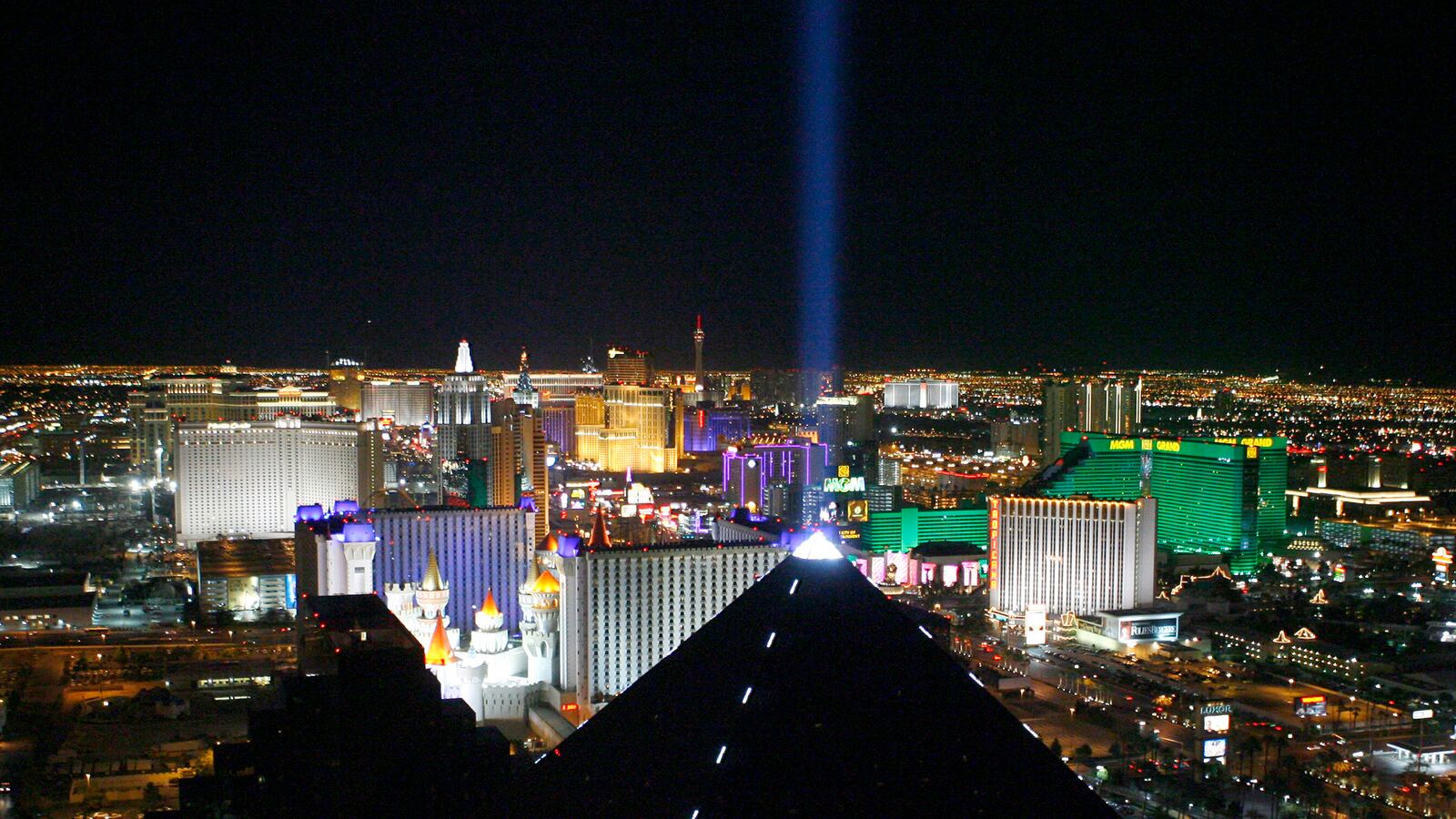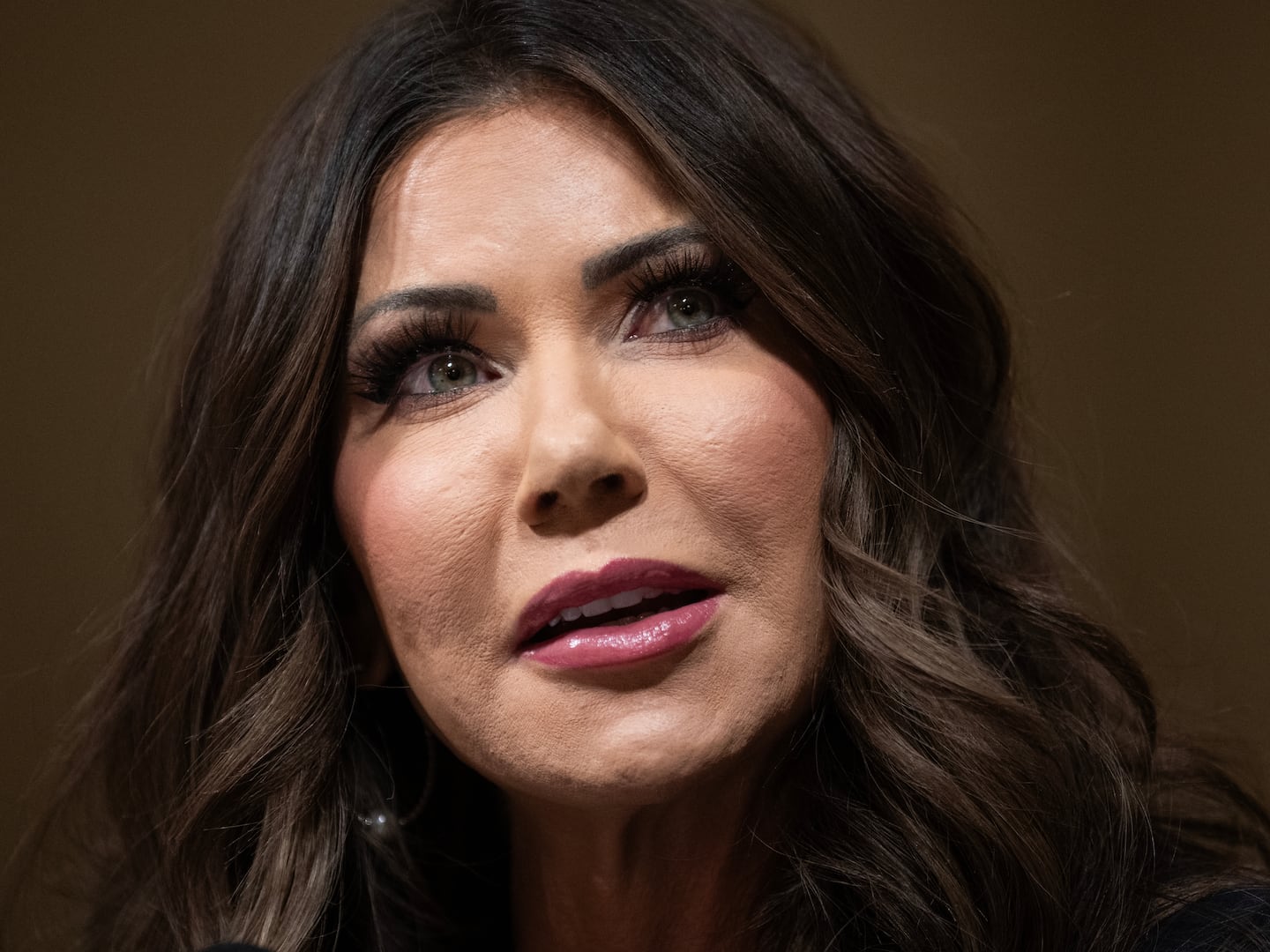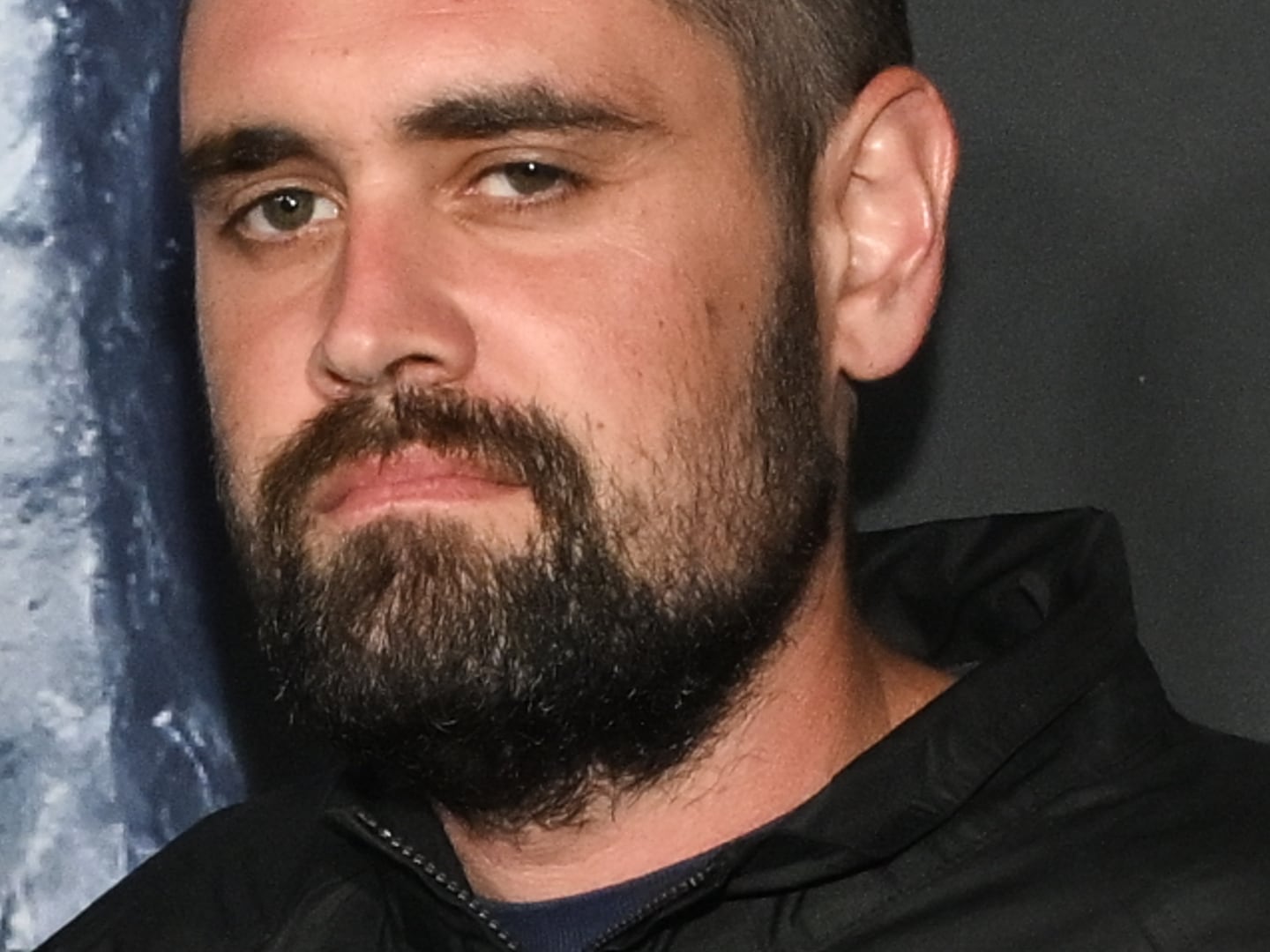It’s not easy being easy in Las Vegas these days.
Although it doesn't officially advertise it, Las Vegas has long been known for its thriving sex industry. It’s a place where prostitutes come “direct to your room” and outcall entertainment services advertise in the Yellow Pages.

But when representatives of the city’s night-clubbing pimp subculture took their quarrel onto Las Vegas Boulevard in the early-morning hours of February 21, national news consumers were again reminded that what happens in Vegas doesn’t always stay there. The ensuing shooting and fiery crash left three dead and the Strip in chaos.
Self-proclaimed pimp Ammar Harris is accused of setting the chain of events into motion and now faces the possibility of the death penalty. Prosecutors contend Harris shot and killed reputed pimp and rapper Kenneth “Kenny Clutch” Cherry Jr. after their vehicles left the Aria resort. The mortally wounded Cherry lost control of his Maserati and the car careened into a taxicab, causing it to burst into flames. Cabdriver Michael Boldon and passenger Sandra Sutton-Wasmund of Maple Valley, Washington, were killed.
The grisly incident briefly flipped the sewer lid on the local street-prostitution racket that thrives on the endless flow of partying tourists who annually sojourn to Sin City. Prostitution negotiations are common inside some clubs, where investigators say men of Harris’s ilk are treated like high rollers.
Local police are anything but surprised. Rampant prostitution may be the worst-kept secret in Las Vegas. With so many consenting adults and an undeniable double standard to deal with—prostitution is legal in some rural Nevada counties—Metro’s 28-person Vice Unit must choose its battles carefully. That’s why on most nights you’ll find Metro vice Lt. Karen Hughes and her undercover crew focused on separating teenage prostitutes from the street wolves. There’s no shortage of under-age sex trafficking here.
For all the academic chatter about prostitution being a victimless crime, Las Vegas police know that a large percentage of the working women they encounter were turned out in their mid-teens. Bolstered by the 2013 passage of Assembly Bill 67, a state law that increases penalties for pandering, along with a cooperative arrangement with the Las Vegas office of the Internal Revenue Service Criminal Investigation, the vice detectives try to focus on the violent pimps and their most vulnerable victims.
From 1994 to 2012, the years the statistics have been kept, Metro Vice identified 2,229 minor sex-trafficking victims, defined by federal law as any prostitute under the age of 18. In the past two years, 238 minors, the youngest just 13 years old, were taken from their pimps. Although Las Vegas attracts visitors from all over the world, most of the young prostitutes are recruited locally with nearly two thirds of those hustled from the African-American community.
The market is dynamic, and the myth that prostitution is legal, or at the very least openly tolerated, doesn’t help. The sex business is booming, and pricy Strip nightclubs and ultra lounges—many of which are subleased by operators who pay high rents to casino corporations—have become a seemingly safe place to hook up.
“The challenge is the demand,” Hughes says. “Many people come here believing prostitution is legal, and they don’t distinguish between the counties. It’s a huge problem for us. But it doesn’t excuse their behavior, especially when they’re engaging in sex with a child.”
Identifying sex-trafficking victims in what Hughes calls a “very sexualized landscape” is also difficult. Persuading the young girls, many dazzled by the nightlife and infatuated with their pimps, that they’re slipping into darkness can be tougher still.
“A lot of times when these pimps recruit the girls, whether they’re juveniles or close to that age, the lure of coming to a tourist destination such as Las Vegas is very appealing to a young girl,” Hughes says. “They get caught up in the nightlife, and it’s very exciting. Before they know it, they get thrown into that pit, so to speak.”
In a sworn affidavit in a child-custody case, one of the girls who allegedly worked for Cherry said she was forced to work while she was pregnant and was ordered not to return home until she made $1,500.
The FBI’s recent “Operation Cross Country” nationwide sex-trafficking sting netted just one child prostitute in Las Vegas, but Hughes’s team finds them just about every time they set up a surveillance in the hotels or along one of the off-Strip strolls favored by local pimps. Through June of this year, Metro had identified 68 juvenile prostitutes working the streets and hotels.
“The more we police those venues, the more juvenile victims we identify,” Hughes says. Although she appreciates the annual interest from the FBI, the veteran street cop adds, “It really doesn’t change how Metro does business. Basically, we do this every day of the week, around the clock.”
But don’t expect the blood of pimps and innocent bystanders spilled on one of the world’s most recognized boulevards to greatly alter the way Las Vegas police focus personnel on the prostitution racket. Still reeling from the debilitating sting of the economic recession, with tax revenues down and budgets tight, Clark County Sheriff Doug Gillespie is having enough trouble keeping plenty of cops on the streets.
“I do not have enough personnel to effectively, from a criminal standpoint, deal with the clubs or the sex industry,” Gillespie says.
Between belt-tightening and a Las Vegas gambling culture that has long marketed sex to lure the suckers, Metro’s Vice detectives will continue to pick their spots and focus on saving as many wayward teenagers as they can.
“We do our best to not only divert that individual, but also go after that pimp even more aggressively because of the age of the victim,” the sheriff says.






